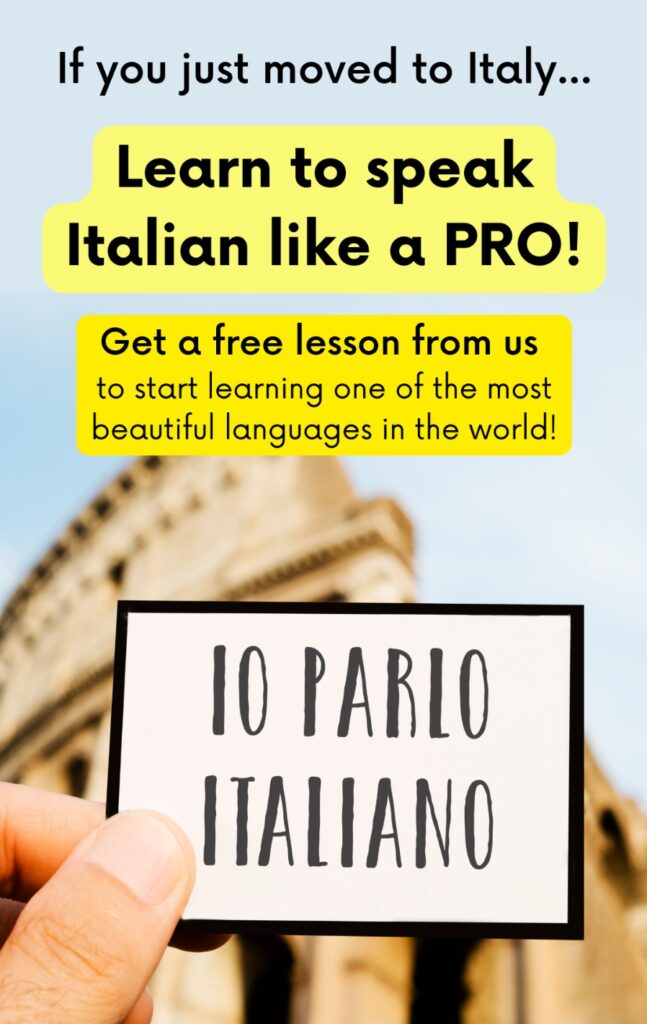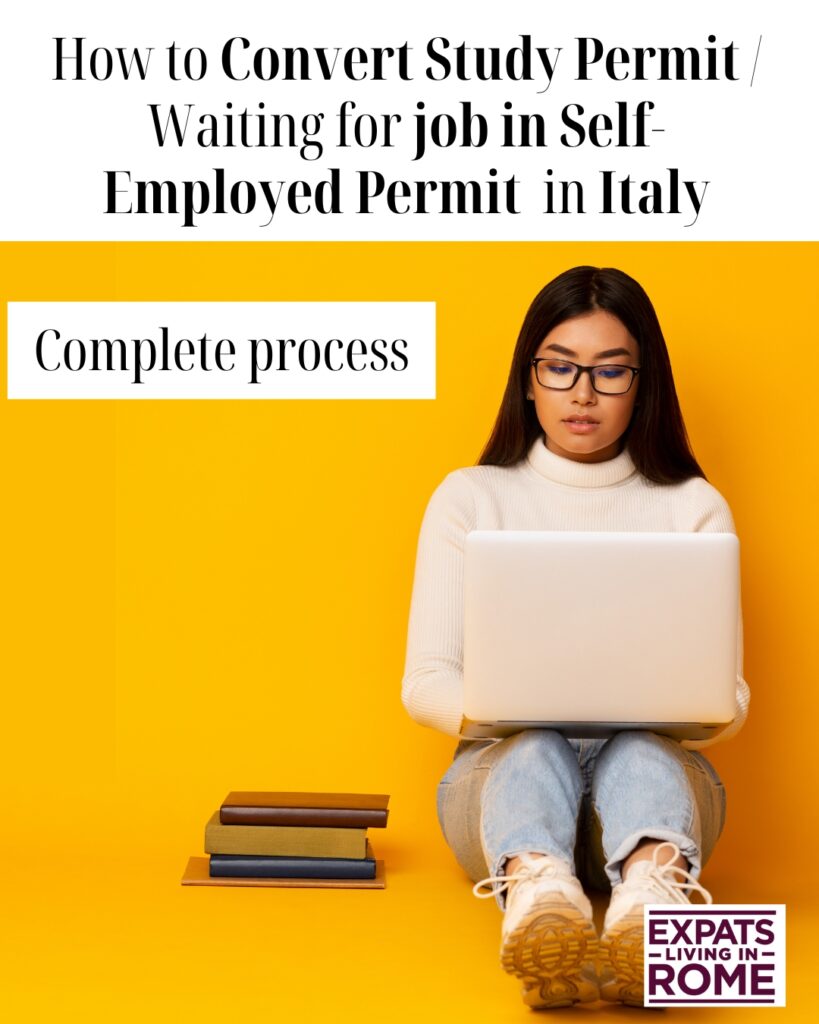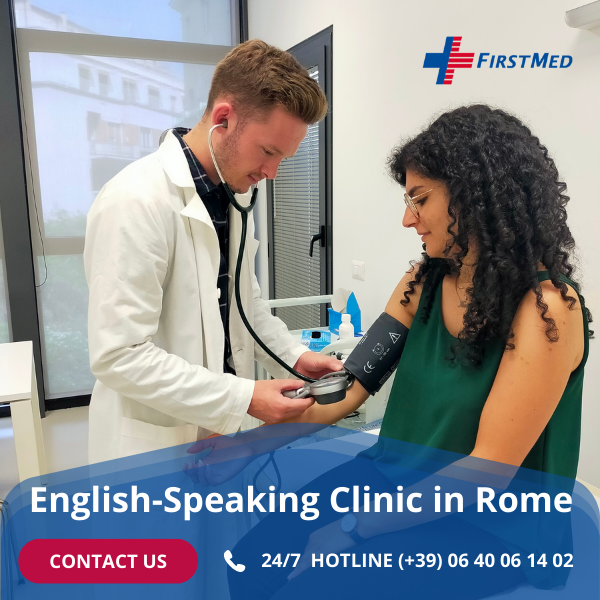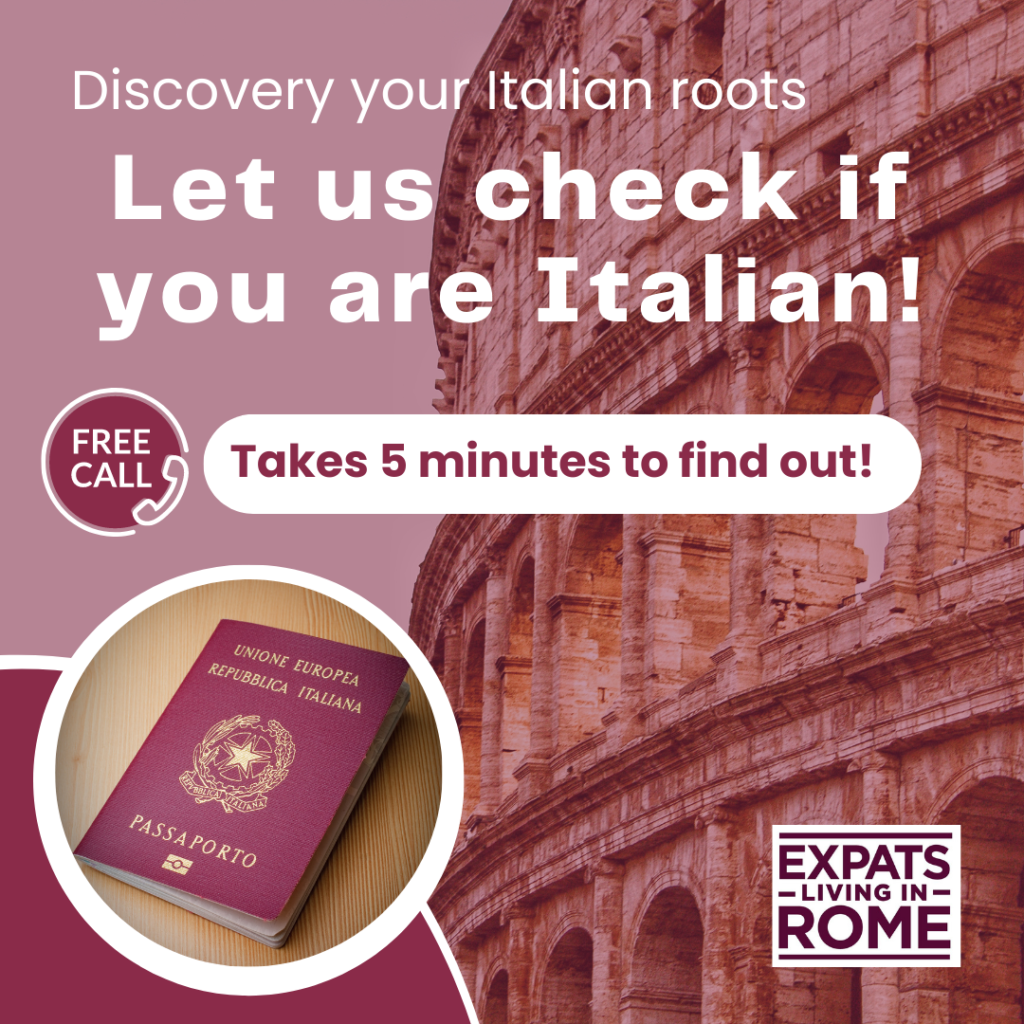Driving license and driving in Italy (2024)
All you need to know to obtain a driver’s license in Italy
Information on driving permits in Italy with details on applying for a learner’s license and registering for an Italian driving test.
The Italian driving license can be obtained after finishing a driver’s education course and passing a two-stage test: a theory test and a road test. An elementary-school diploma is also required to obtain a valid driver’s license.
In Italy, the driving license is a governmental right given to those who request a license for any of the categories they choose. It is required for every type of motorized vehicle. The minimum age to obtain a driving license is as follows:
–> 17 years for a motorcycle of 125cc with a limit of motor power of 11 kW; a quadricycle motor (cars with a weight of 400 kg – 550 kg if it is for freight transport) and a motor power not exceeding 15 kW)
–> 17 years for a car or a motorcycle without a limit for the engine cylinder capacity and a limit of motor power of 35 kW
–> 20 years for minibuses, three-wheelers without a limit of motor power, and cargo vehicles
–> 23 years for motorcycles without limits of motor power; buses
The so-called “patentino” (small driving license) was an Italian license given to young people with a minimum age of 14 years. This license permitted teenagers to drive scooters and “micro-cars” (small cars with a maximum motor power of 4 kW and a maximum speed of 45 km/h). In 2013, this was replaced with a new category of driver’s license.
Anyone found driving without a valid driving license may be subject to a fine. Car drivers in Italy must be at least 18 years of age, but licenses exist for residents under the age of 18 who wish to drive a moped.
Getting a Car Driving License in Italy
In order to obtain the Patente B a person must be at least 18 years old and be in suitable physical condition (a medical certificate is required for eyesight, mental health and physical condition).
The process for obtaining an Italian driver’s license is:
–> Pass a theory test (multiple choice, in Italian)
–> Obtain a learner’s permit (foglio rosa)
–> Practice driving
–> Pass a practical driving test (road test with instructor and examiner)
The Learner’s Permit
Learner’s permits must be applied for at the nearest Provincial Office of Motor Vehicles (Ufficio Motorizzazione Civile), which will issue the learner’s license. The foglio rosa is valid for a period of six months, and can be applied for by learners on the day they reach the minimum age for the license category. This means that a Patente B can be granted on the applicant’s eighteenth birthday, for example: it does not have to wait until the day after.
Requirements may vary from office to office, but in general, the following must be submitted:
–> Completed form MC 2112 MEC (available from Motorizzazione Civile offices)
–> Medical Health Certificate stating the applicant is of sound health and mind (provided by an authorised doctor)
–> Valid photo identification
–> At least one photocopy of an existing licence (if applicable)
–> Proof of residency (Permesso/Carta di Soggiorno) and photocopy
–> Three passport photographs that match the photograph on the medical certificate, not more than 6 months old.
–> Application fee
Learning to Drive in Italy
The learner’s permit allows the holder to practice driving only while accompanied by a person no older than 60 years old (if practising using a dual-control vehicle, the accompanying driver may be no older than 65 years old). The accompanying driver must have held a valid licence for at least five years in the category the driver will be tested for.
Practice vehicles must be marked on the front and back with a vertically and clearly displayed uppercase black letter “P” (principiante) against a reflective white background, indicating to other drivers that the driver is a novice.
Learner drivers may not drive on the Autostrada and may face a fine of €78 euros if they practice in a busy area.
Most learner drivers opt to take lessons with a licensed driving school for several reasons: instructors can coach students on questions likely to be encountered on the test; and the practical test must be done on a dual-control vehicle, which can be provided by the school for practice and for the practical exam. Otherwise, the test taker must hire a dual-control car and insurance must be obtained before the practical test can be taken. Hired dual-control vehicles can only be rented for driving tests and cannot be used for practice.
The Theory Exam
The theory exam consists of 30 questions that test knowledge of the Highway Code (Codice della Strada). You are allowed up to 3 errors (the same percentage of correct answers required, 90%). The test lasts 20 minutes and in case of a negative outcome it can be repeated once.
As of January 2011, it is only possible to take the theoretical tests in Italian. There are two exceptions: in the Valle d’Aosta the test may be taken in French, and in South Tyrol the test may be taken in German. Learner’s books with test questions are available at bookshops in Italian only; some driving schools may have English translations for sale.
The foglio rosa allows the learner to take three driving tests in total, and two of any one type: for instance, if a driver passes the theory test the first time, they have two chances to complete the practical exam; if they fail the theoretical test twice, the foglio rosa is no longer valid and another must be obtained.
The documents required may vary, but in general, Motorizzazione Civile offices will request:
–> Completed form TT 2112
–> Tax code (Codice Fiscale)
–> Valid photo identification
–> Proof of residency (Permesso/Carta di Soggiorno) and photocopy
–> Two passport photographs that match the photograph on the medical certificate, not more than 6 months old
–> Photocopies of any other driving licences the applicant possesses
–> Application fee
The Practical Exam
The practical driving test is usually taken after a period of practice although this is not obligatory for drivers carrying a foreign licence.
At the practical exam, the following documents are required:
–> Photo identification
–> Proof of vehicle insurance (and photocopy)
–> For foreigners, a Permesso/Carta di Soggiorno (and photocopy)
The practical driving test must be undertaken in a dual-control vehicle (unless the driver is disabled and requires hand controls). If a driver passes the practical test in an automatic transmission, dual-control vehicle (which are extremely uncommon), they will be restricted to driving only automatic vehicles thereafter.
If the driver fails the practical exam, the medical certificate, proof of payment and photos will be returned to them so they may be presented again at the retest.
After successfully completing the practical exam, the Italian licence will be issued on the spot.
Moped Licence
To drive a moped or motorcycle of 50cc and under, the driver must be at least 14 years old. After passing an exam, the driver will carry a category AM licence. This replaced the Certificato di idoneità, also known as the Patentino, in January 2013. A short training course at a local driving school must be completed before taking the exam. As of January 2013, this exam can no longer be taken at local state schools.
While a 14 year old can drive a category AM vehicle in Italy, they must reach 16 years of age before doing so in most other EU countries. Those only eligible to drive category AM vehicles cannot carry passengers.
While the minimum age in Italy for category AM vehicles is 14, most other European states only allow AM vehicles to be driven at the age of 16. This is still the case if the holder of an AM licence drives in another EU country.
EU AND NON-EU DRIVING LICENCES:
The holders of a driving licence issued by a state of the EU or the EEA (European Economic Area) are allowed to drive in Italy using their valid national driving licence, without the obligation to convert it as long as it is valid. However, if the licence has no validity limits or expires after 15 years or more, it must be converted within two years of the acquisition of the residence in Italy. In any case, it is recommended to request the conversion in order to facilitate any renewal procedures or duplicate licence. The licences for which the conversion is not provided, however, follow the Italian regulations regarding the renewal and possible sanctions.
The holders of a driving licence issued by a state outside the EU or the EEA may drive in Italy using their valid licence accompanied by an international driving permit or a sworn translation of the licence. They can do so for up to one year from the acquisition of the residence in Italy. After that, they must convert their licence, which is possible only if there is a reciprocal agreement between the state issuing the driving licence and Italy. Otherwise, they must obtain a new Italian driving licence by passing a theory and practical exam.
If you have a driving licence from one of the following countries, you can convert your driving licence into an Italian one without taking a test: Algeria, Argentina, The Philippines, Japan, Lebanon, Liechtenstein, Morocco, Moldova, Monaco, the Republic of Korea (South Korea), San Marino, Switzerland (until 12/6/2026), Taiwan, Tunisia, the United Kingdom and Turkey.





